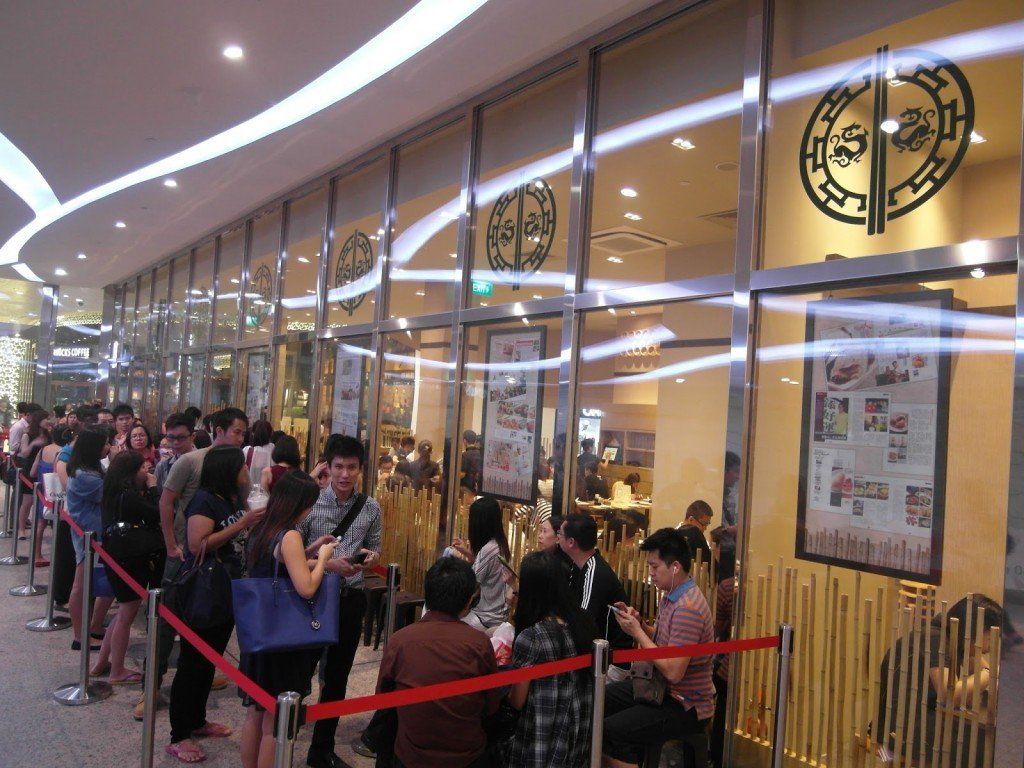
26th April 2022 will be a special day for Singapore as almost all activities can be conducted with pre-Covid19 normalcy. It is expected that large groups of people will be dining out. Find out how QR ordering helps your restaurant prosper amid manpower shortages & large crowds.
Even as border measures have been relaxed, many F&B businesses find difficulty in hiring. Additionally, the high cost of manpower also flows over to their profits, hence, F&B businesses may think twice before hiring.
However, not hiring adequate manpower may translate into slow service times, slower table turnover & poor customer experience.
How QR ordering helps your restaurant?
- Allows customers to self-order
- Automates upselling
- Pre-order in the queue
- Helps customers understand your menu better
- Timely menu updates
Allows customers to self-order
With QR ordering, your customers can self-order by simply scanning an ordering QR code. It allows customers to send in their orders anytime without having to wait for staff to take their orders.
This allows your restaurant to get orders from customers simultaneously to speed up the ordering process.
Your existing staff can focus on tasks that speed up service time without having to be distracted by order taking.
Automates upselling
When order taking staff are overwhelmed by large crowds during peak hours, they may not have the time, or miss out on opportunities to upsell and promote new dishes and offers.
By adopting QR ordering, you are able to preset automated suggestions and banners to pop up during and before they place their orders. This helps your restaurant automate upselling to avoid missing out on any opportunities to increase bill sizes.
Pre-order in the queue
With restrictions lifted, long queues may be returning to your restaurant. Instead of letting customers get frustrated in the queue, allow them to scan a QR code in the queue to browse your digital menu and save items to your cart.
This helps to shorten the time taken for your customers to browse through your menu and place orders at the table, which cuts down table occupancy time to boost turnover rates.
Helps customers understand your restaurant’s menu better
Often, customers may not be willing to order that extra or new dish because they do not know if it is something that they would like. A QR ordering system’s menu presents your menu to customers with high-resolution images and allows you to write up short descriptions of your dishes.
This will help your customers get a better understanding of that dish they are contemplating ordering without having to call for a service staff for help. This will also translate to a bigger bill size.
Timely menu updates
New trends come and go quickly. In order to remain competitive, your restaurant may come up with new offers and dishes. A QR ordering system’s digital menu can be instantly updated through an online portal.
This helps your restaurant push new offers and dishes out to customers on a timely basis without having to wait and pay for menu reprinting.
Get a QR ordering system for your restaurant
If you are interested to get a QR ordering solution for your restaurant, simply click here to get a demo.











